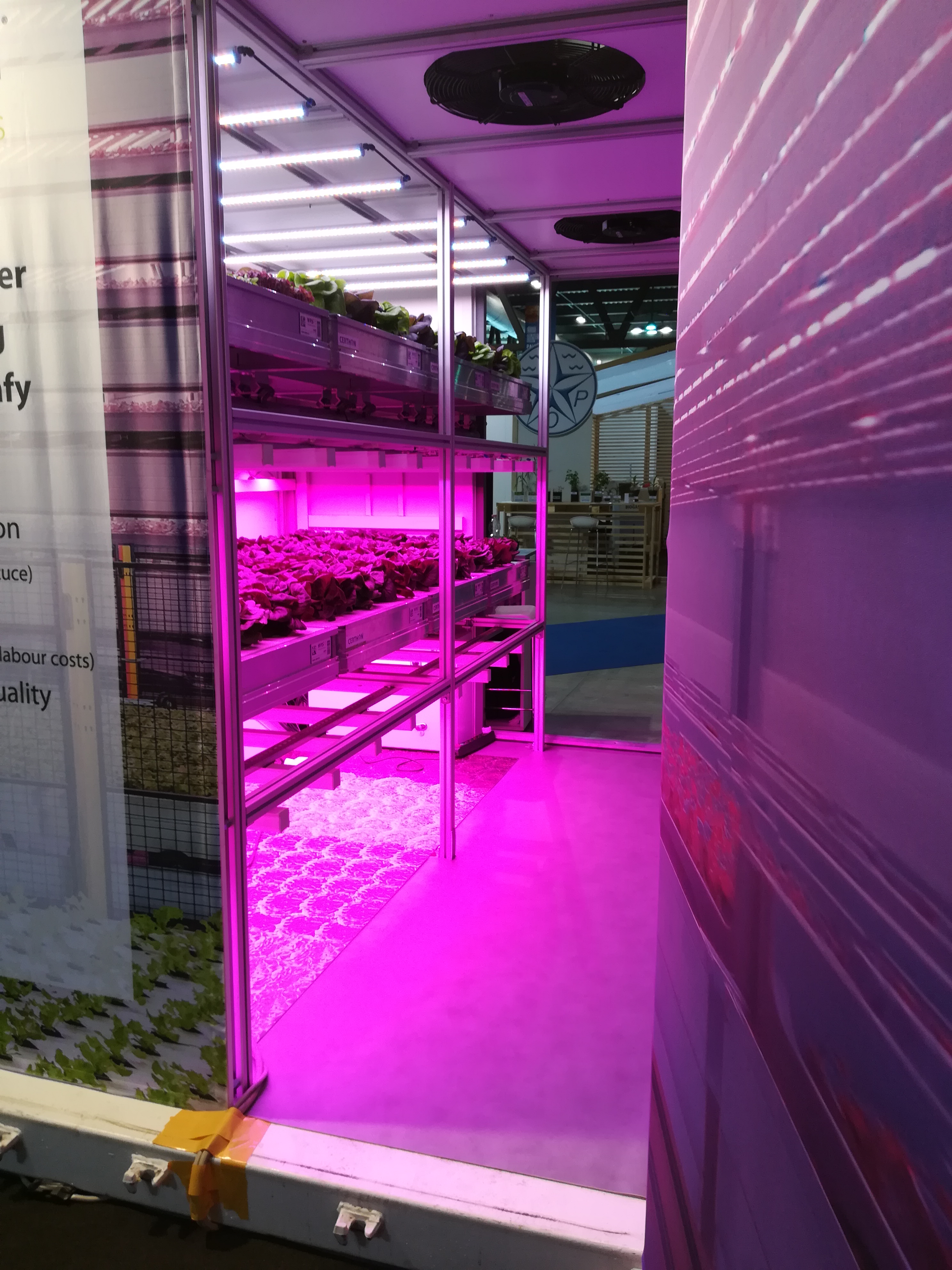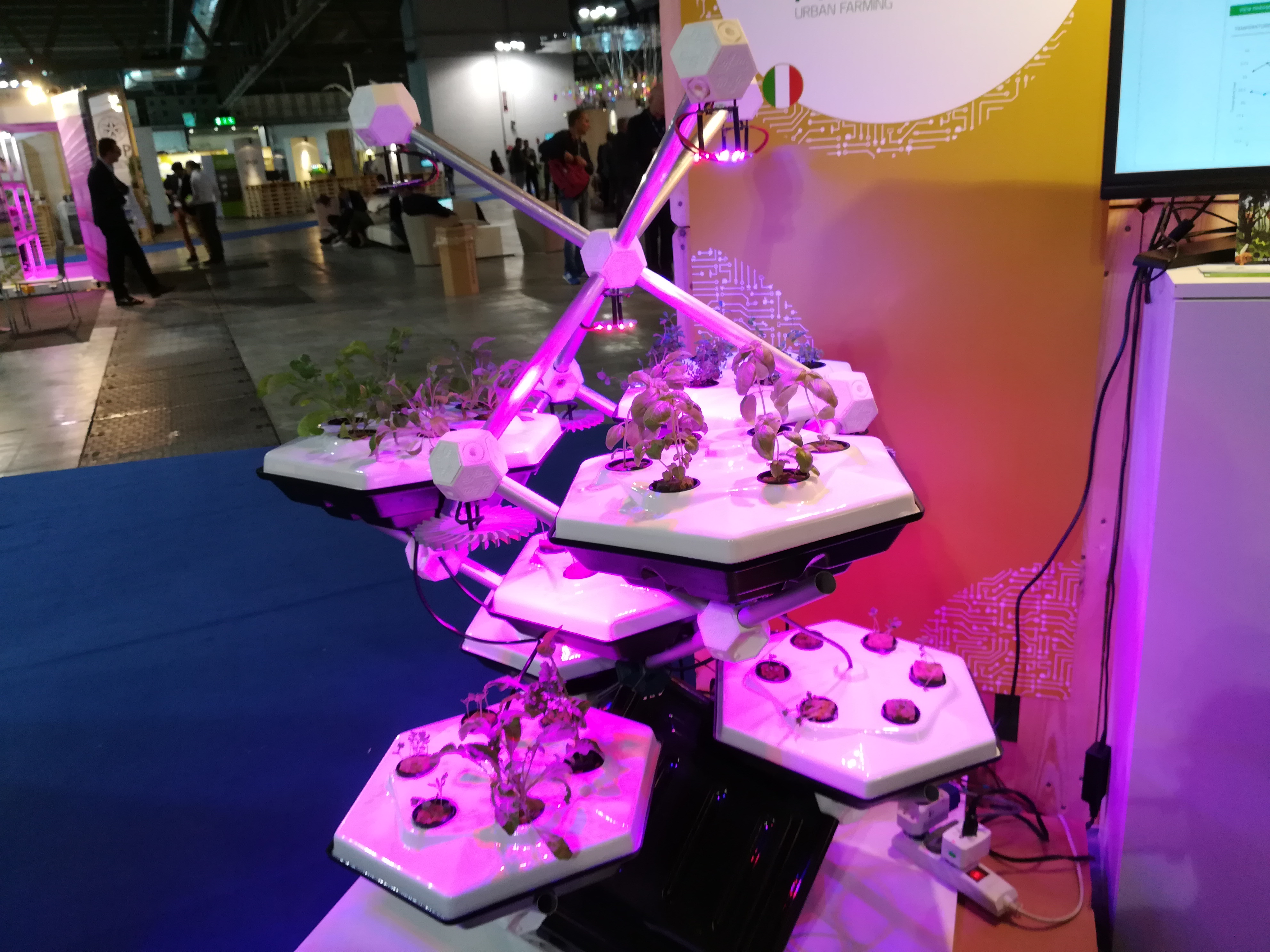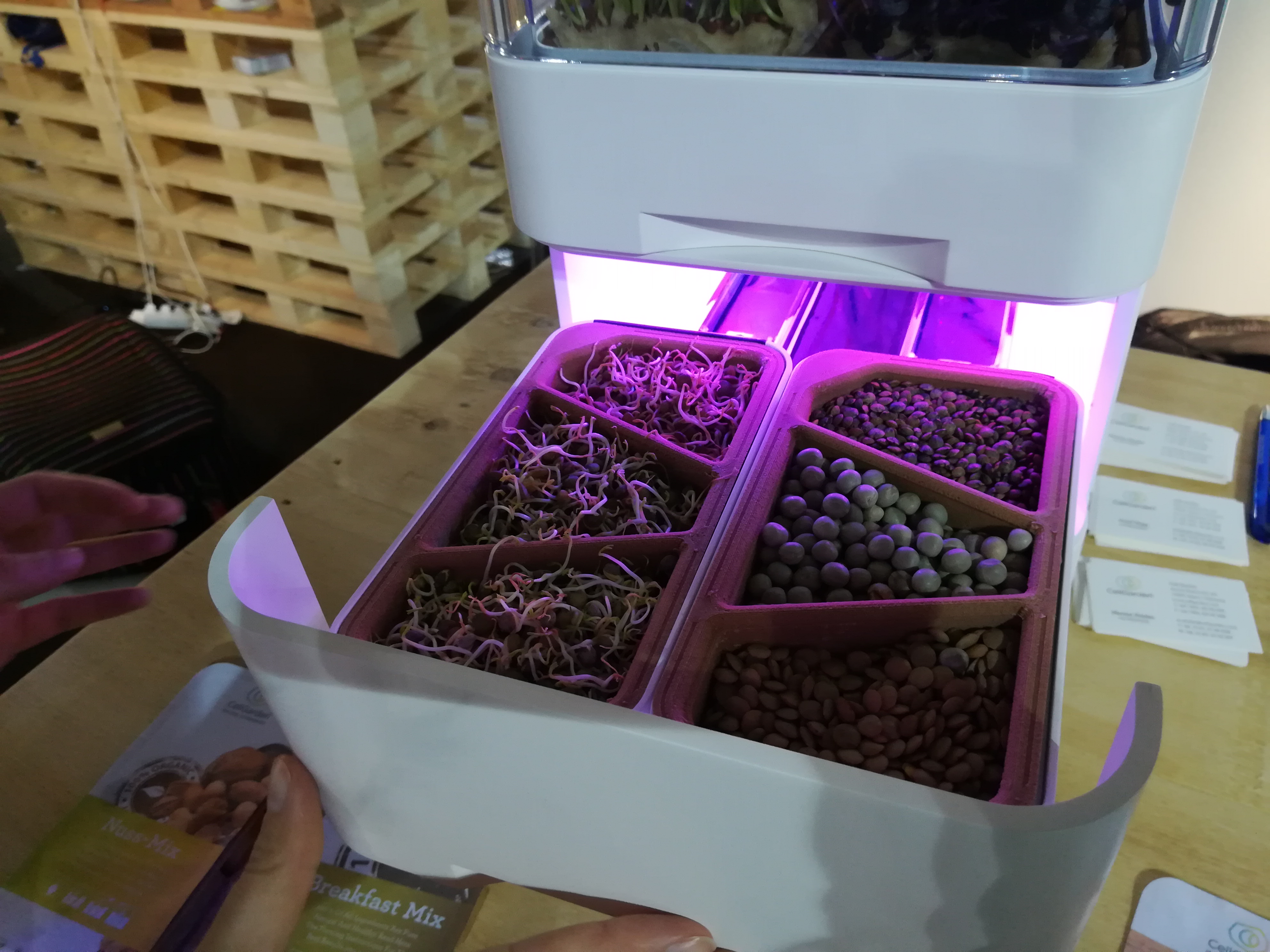“Feeding the world”. This has been the main slogan of the Seeds & Chips 2017 and will be also the main challenge of the next few years.
By many accounts, food security is still a major issue in many areas of the world: the latest estimate showed that 795 million people in the world – just over one in nine – were undernourished in 2014–16 [1] and the increasing world population, which is expected to rise to more than 6 billion in urban areas by 2050 [2,5] and by the same date the food demand is expected to more than double[3].
The solution to this issue is an entirely disruptive revolution (after the intensive, chemical-fueled one, which we experienced at the beginning of the last century) of the agricultural system that is sustaining the human race for the last 10.000 years.
So, one of the main focus of the Global Innovation Summit has been the Urban or Vertical Farming. In particular, with a dedicated conference: “Feeding the Cities – Urban and Vertical Farming“, which has been one of the main events of the fair.
Bring Farming to the Next Level…and the Next…and the Next…
Vertical farming is not a completely novel idea (the first mention I could find is a book from 1852, especially compelling is the chapter on the use of explosives in cultivation ), the use of terraces to gain yieldable soil in hill or mountain areas is a traditional practice in agriculture. But as the soil is one of the most precious and delicate systems on the Earth, we are getting rid of it.
New solutions combine the vertical element with the principles of Hydroponics, which is been around since the ’30s thanks to the work Of UC Davis prof. Wiliam Garicke, who published in 1940 the book “The complete guide to soilless gardening”.
Some of the asserted advantages over traditional farming are[4]:
- it produces no agricultural runoff;
- it allows year round crop production;
- it uses far less water (70–80%);
- is not affected by most commonly occurring severe weather events (e.g., floods and droughts;)
- it can be established anywhere in the world because it does not rely on soil for producing food crops.
So, as said, Vertical Farming was one of the main focus of the Seeds & Chips 2017 summit and a big portion of the floor was dedicated to stands of companies and startup related to this, showcasing all of their different solutions, along with a Vertical Farming Cafe Hub, for talk and presentation on the theme organised and moderated by the Vertical Farm Association, a nonprofit organization that promotes the sustainable growth and development of the vertical farming movement.
Let me describe the most interesting alternatives to traditional farming.
One size Does not fit all.
The Big Players
The first thing that struck me was the diversity of the solutions, in size more than the concept, shown at the summit.

Outstanding was the container in the middle of the Vertical Farming dedicated area. Big players in the production of industrial greenhouse systems, such as the Italian Lucchini Idromeccanica and the Dutch Certhon, are introducing hydroponic options in their portfolio. These are usually large systems that are designed to be implemented inside of big containers, and, usually, need a high supply of water and energy.
other companies that are very interested in vertical farming are the ones that produce LEDs, which are used to give the plants the necessary lights. Philips and Osram, for example, are sponsoring and collaborating with startups to implement hydroponic systems.
The Startups
In the startup landscape, more manageable solutions have been presented, with a scope that varies from shopping centres and restaurant, which could offer truly fresh veggies, even in urban areas, small systems for private households.
Modularity is the key concept (that and hexagons, which are always cool) for this kind of products:
Robonica, designed an eye-pleasing stackable “Linfa” module, that in their intention could adapt supply anything from a household to a small restaurant, with a broad variety of vegetable, but also rare and delicate flowers.

Hexagro instead went for a more organic looking, that grows almost like a tree, scalable system.

Interesting is the approach of CellGarden. They realised a small (it would easily fit in most kitchen counters) appliance, with drawer compartments where you can insert their smart seed cartridges (20 different varieties are now available).

There are also people that thought of more “across the board” solutions, like Wallfarm, which focused on the control technology behind the needed for every VF solution. they developed a universal monitoring system that could be potentially applied to all the project we talked about, with the potential to provide simple automation and a central control platform to every consumer’s household, no matter the system used.
Their approach seems to be successful and they already have put in motion a pilot project in collaboration with Tower Garden (one of the most important reality in the indoor vertical farming player on the market).

Will Vertical Farming Feed the World? ?
Things are looking good! Quite literally…all these systems, as you can see from the photo above, will please the eye!
But also from the point of view of creating a sustainable food system, vertical farming yields great potential to tackle some of biggest issues that are we now facing in terms of food security and sustainability.
There is still some work to do. the main barrier this technology face is the lingering scepticism toward its widespread adoption, in particular from the part of the end consumer (which could perceive a product made with this technique as natural or genuine). Then there is the issue of improving, even more, the resource efficiency of these systems (especially in terms of water and energy consumption), so that they could be set up and implemented in underdeveloped part of the world, where food is scarce, to improve food security and living condition in a sustainable way
…and remember if you want to develop a vertical farming solution…hexagons!!
References
[1] FAO, IFAD, WFP (2015). The state of food insecurity in the world 2015.”
[2] U.N. (2013). World population prospects: The 2012 revision.
[3] Green, R. E., Cornell, S. J., Scharlemann, J. P., & Balmford, A. (2005). Farming and the fate of wild nature. science, 307(5709), 550-555.
[4] Despommier, D. (2013). Farming up the city: the rise of urban vertical farms. Trends in biotechnology, 31(7), 388.
[5] Banerjee, C., & Adenaeuer, L. (2014). Up, up and away! The economics of vertical farming. Journal of Agricultural Studies, 2(1), 40-60.